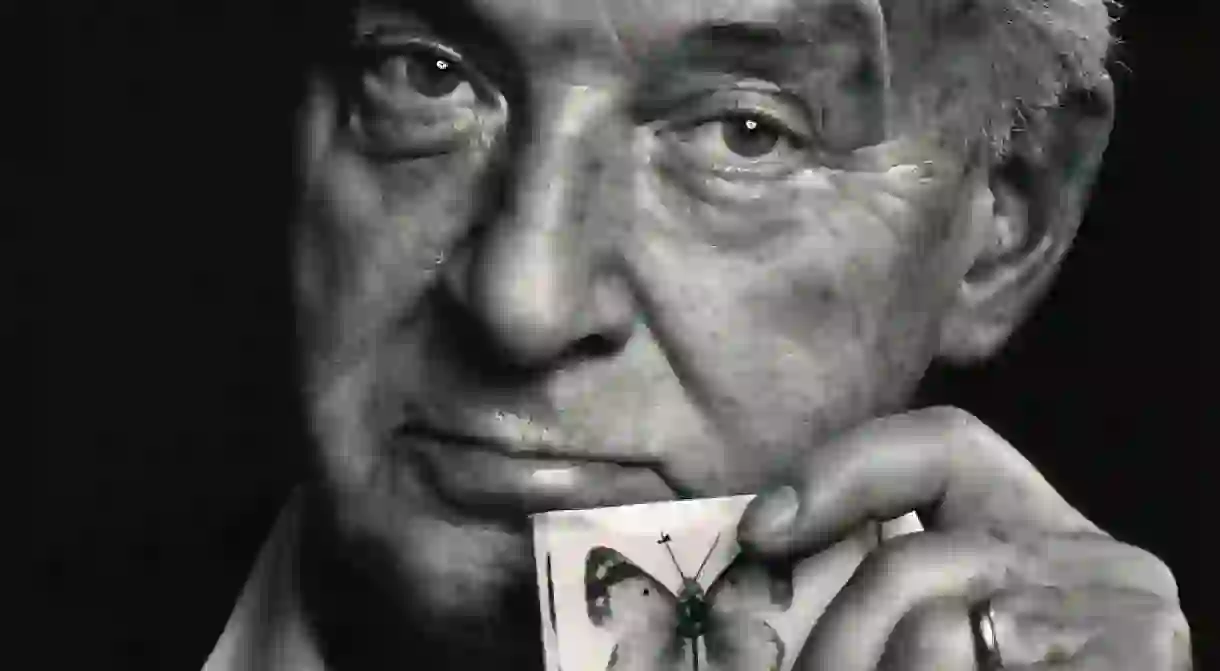Five Classics by Vladimir Nabokov That Demonstrate His Prowess For Prose

Vladimir Nabokov, one of the most famous Russian writer of the twentieth century, spent a big part of his life in the US and consequently wrote in both Russian and English. His dark humor and ability to penetrate the deepest of human desires gained him international recognition. He is particularly famous for his controversial novel Lolita, but this book presents only a part of Nabokov’s talent and brilliant ideas. Here is a short list of some of Nabokov’s best novels.
Laughter in the Dark
Laughter in the Dark, originally published in Russian in 1932, exemplifies Nabokov’s early writings and is the author’s early take on the theme later explored in depth in Lolita. It is set in Germany and describes a love affair between a middle-aged art critic Albert Albinus and a young girl, Margot, for whom he eventually leaves his wife. Soon, however, he discovers that Margot has been engaged in a relationship with another man. When he crashes his car and becomes blinded as a result of the accident, Margot takes care of him but hides her new lover in their home, making a fool out of Albinus. The novel is written very skilfully and is full of dark humor.
Pnin
Professor Pnin, the 1957 novel’s central character and a teacher of Russian at Waindell College, is the most amusing and funny one ever constructed by Nabokov. The narrator himself describes him as “ideally bad” and already at the beginning of the book presents him as an absent-minded and eccentric man. And it was actually Pnin that made Nabokov famous in the States even before he published Lolita. The novel reflects some situations and facts from the life of the author, being vaguely autobiographical.
Lolita
One of the most (if not the most) famous works of Russian literature, Lolita (1955) remains also one of the most controversial novels ever written, whose opening line (‘Lolita, light of my life, fire of my loins. My sin, my soul. Lo-lee-ta’) is known to everyone. The book combines elements from various genres and styles, such as an erotic novel, a classier novel of manners, and a deep study into the human psychology and social conventions. It has been turned into a film twice: in 1962 and 1997.
Pale Fire
Pale Fire (1962) can be considered one of the first postmodern fictions. Constructed out of four different sections, the novel presents a complex story of a manuscript of an American poet and features the text of the manuscript itself, which eventually fades into the main plot. The two levels of stories distort the coherence of the narration and make the book the first example of what was later termed ‘hypertext fiction’.
Ada, or Ardor: A Family Chronicle
This novel, published in 1969, is the longest one Nabokov ever wrote as well as the most ambitious one, its story spanning for as long as 100 years. Written as a family saga, it recounts in a humorous manner different events from the life of Van and Ada, and presents Van’s life-long affection and love for Ada. Nabokov examines the nature of time and, in it, the evolution of relationships between human beings. He also adds a number of science fiction elements, such as flying on carpets or dancing on hands. Ada, or Ardor is a compulsory read for anyone interested in historical sagas, experimental literature, and family anecdotes.













